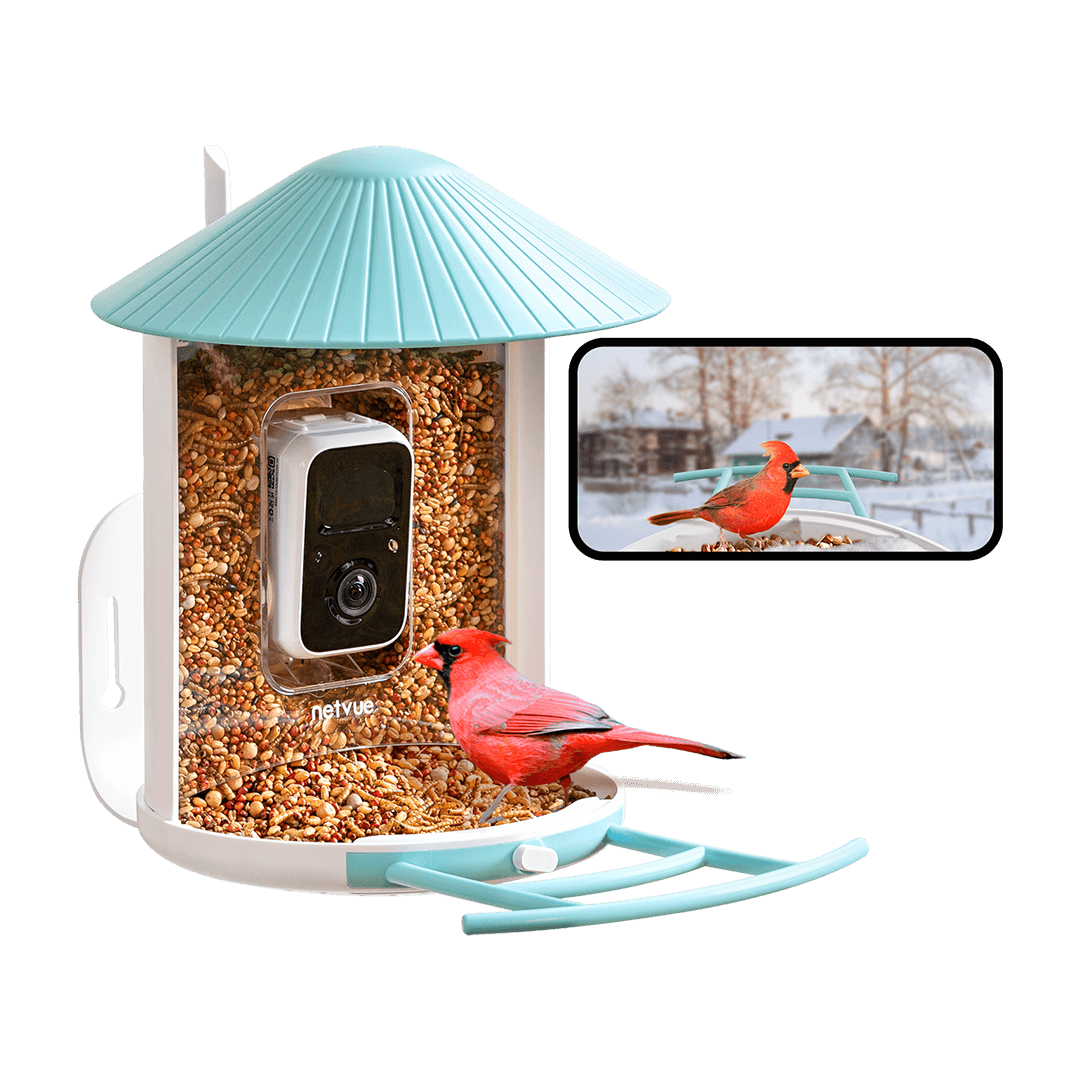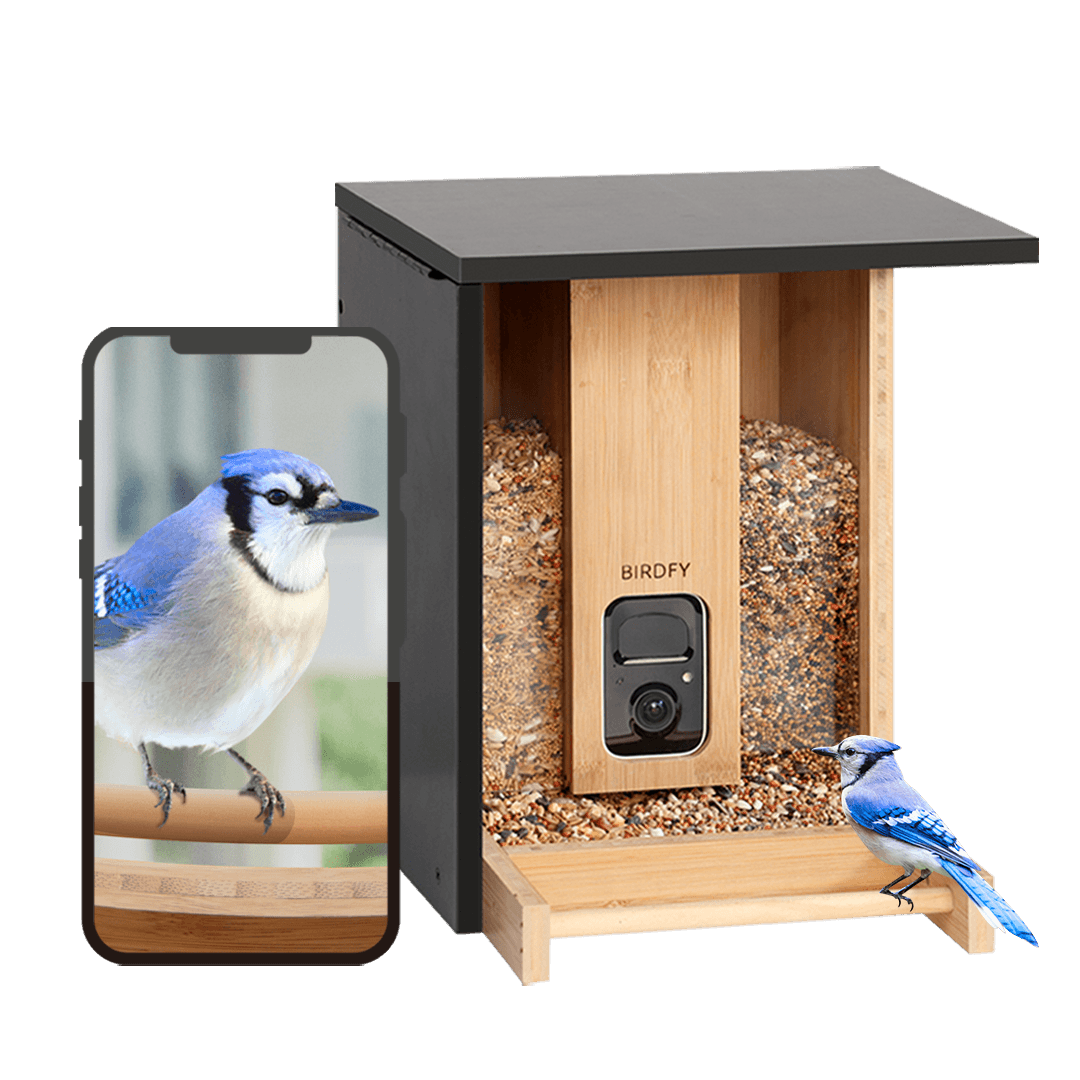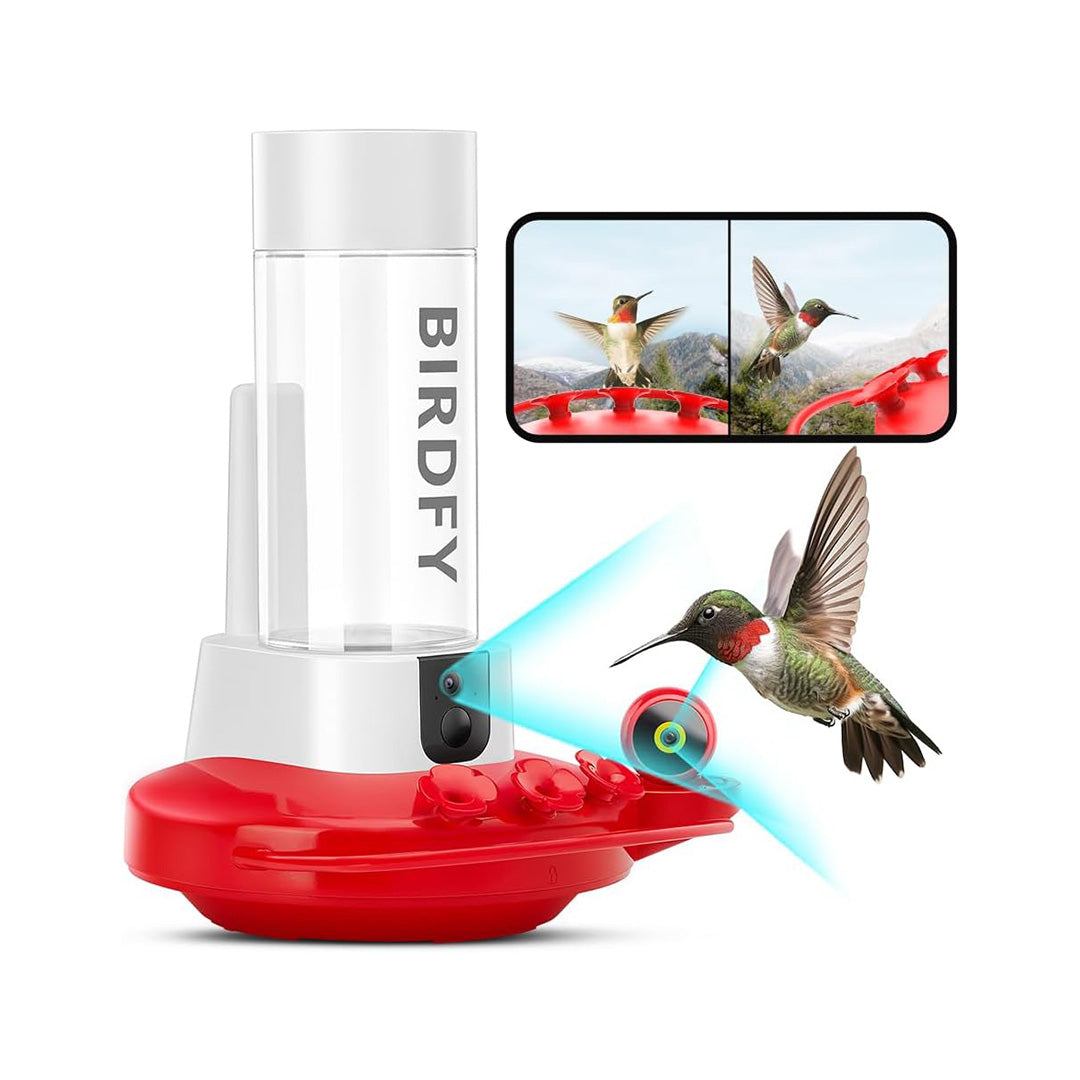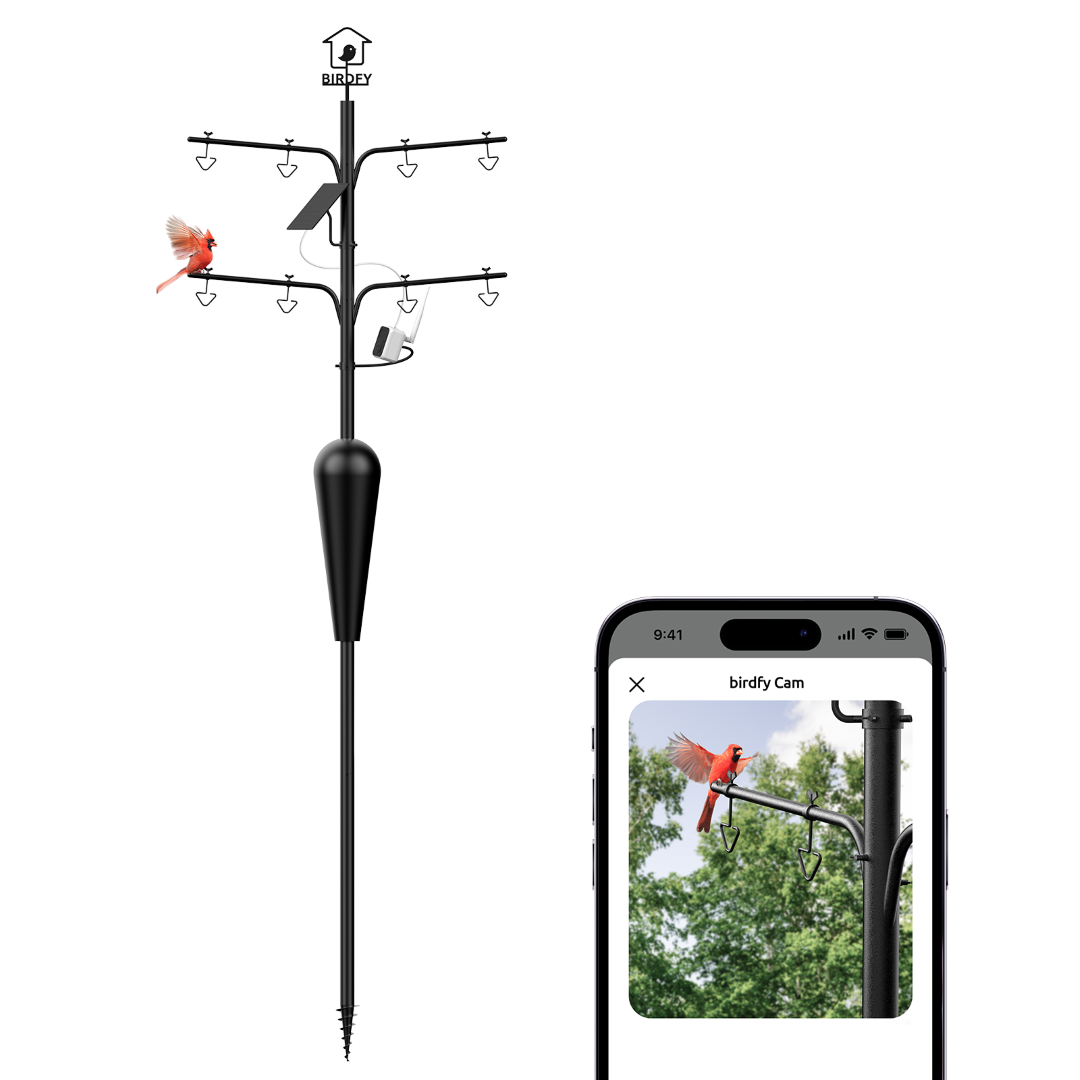Bird introduction-Gray Catbird
Bird introduction-Gray Catbird
The Gray Catbird, also spelled Grey Catbird, is a medium-sized North American and Central American perching bird of the mimid family. It is the only member of the "catbird" genus Dumetella.
Gray Catbirds are plain lead gray almost all over. The top of the head is darker. The under tail coverts are rust-colored, and the remiges and rectrices are black, some with white borders. The slim bill, the eyes, and the legs and feet are also blackish. Males and females cannot be distinguished by their looks; different behaviors in the breeding season are usually the only clue to the observer.
Scientific Name: Dumetella carolinensis
Lifespan: 2.5 years
Size: 8.1–9.4 in
Weight: 0.8–2.0 oz
Wingspan: 8.7–11.8 in
Native to most of temperate North America east of the Rocky Mountains, gray catbirds migrate to the southeastern United States, Mexico, Central America, and the Caribbean in winter; except for the occasional vagrant, they always stay east of the American Cordillera.
The Catbird tends to avoid dense, unbroken woodlands and does not inhabit coniferous, pine woodland. Catbirds prefer a dense vegetative substrate, especially if thorny vegetation is present. Scrublands, woodland edges, overgrown farmland, and abandoned orchards are generally among the preferred locations of the catbird.
Catbirds love fruit, so you can entice them with plantings of native fruit-bearing trees and shrubs such as dogwood, winterberry, and serviceberry.
Their breeding habitat is semi-open areas with dense, low growth; they are also found in urban, suburban, and rural habitats. In the winter months, they seem to associate with humans even more. These birds mainly forage on the ground in leaf litter, but also in shrubs and trees. They mainly eat arthropods and berries.
They build a bulky cup nest in a shrub or tree, close to the ground. Eggs are light blue in color, and clutch size ranges from 1–5, with 2–3 eggs the most common. Both parents take turns feeding the young birds.










